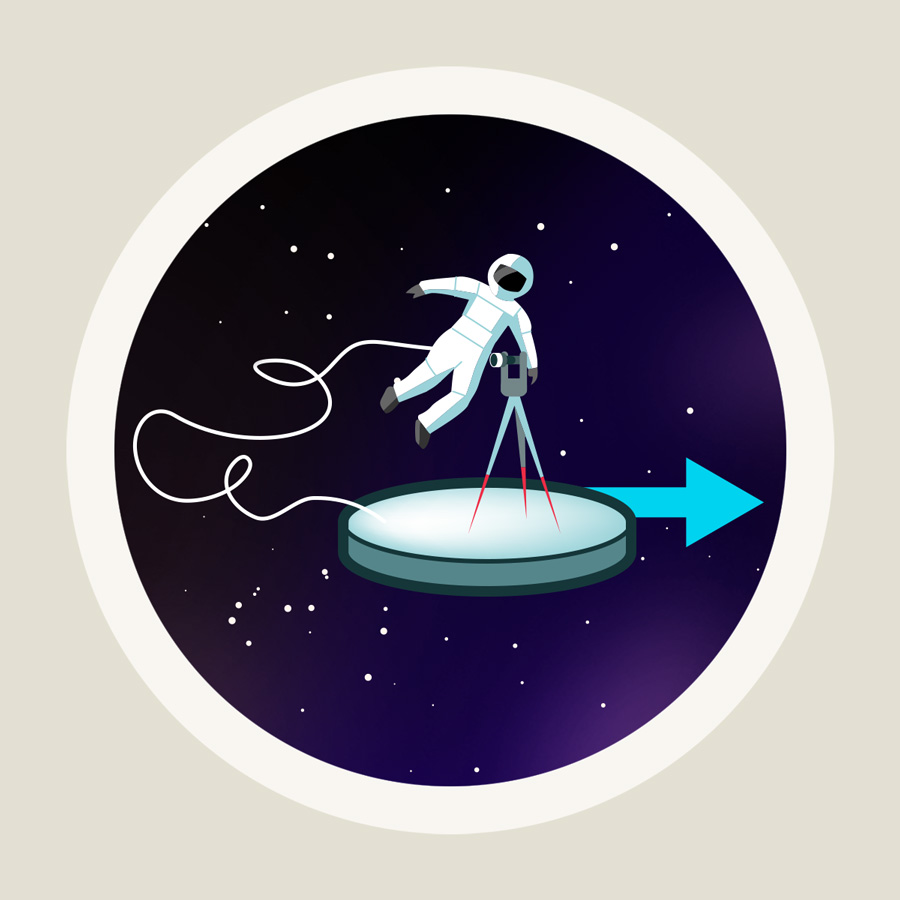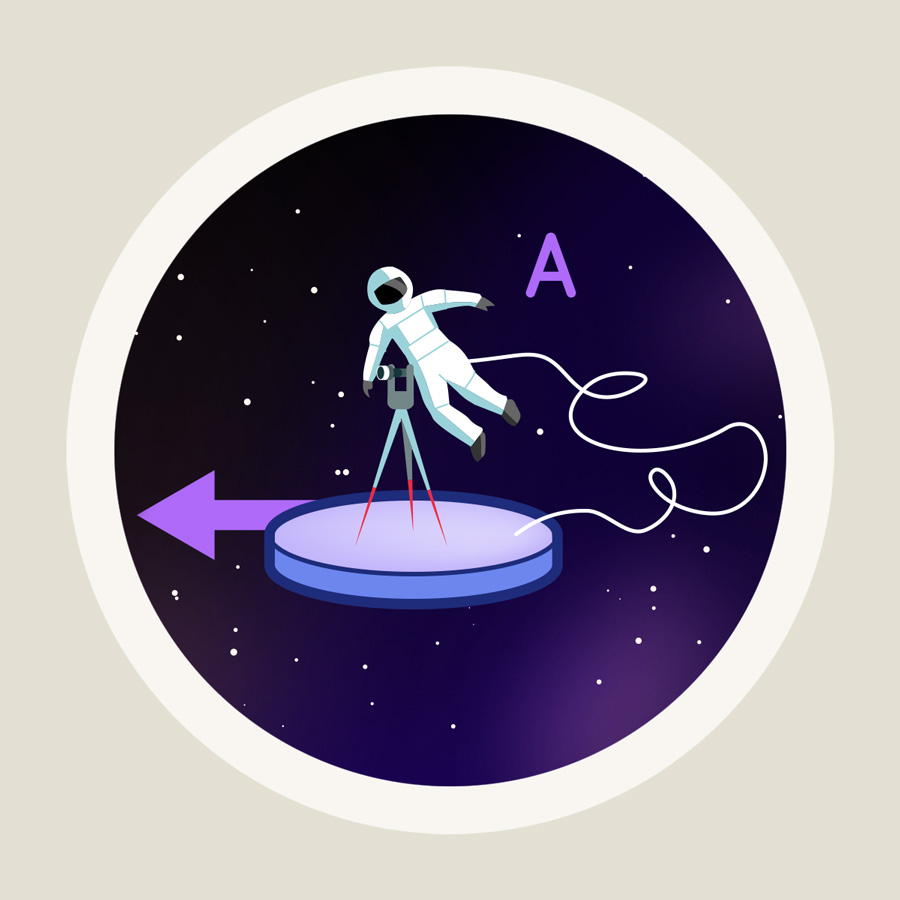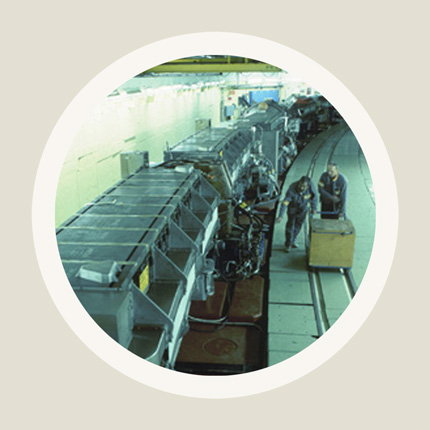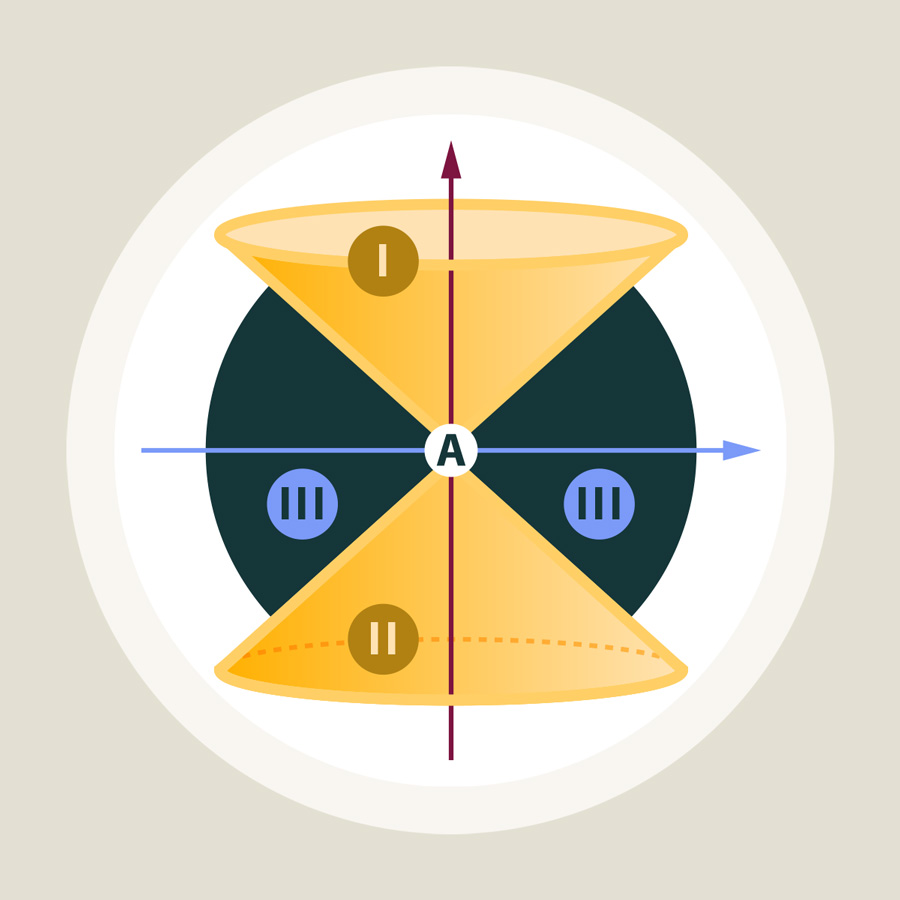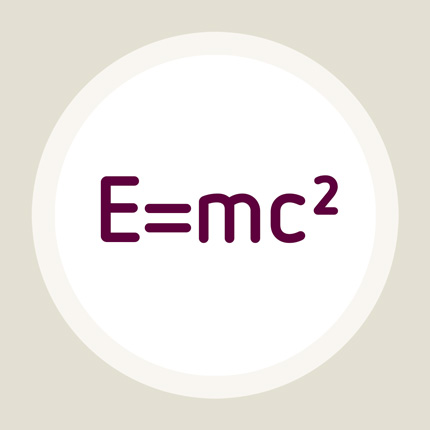It’s a fact of life: Some things are absolute, and some are relative. For me, the teapot on the table is to the left of my cup. From the point of view of an observer sitting directly opposite, it’s the other way around: My cup is to the left of the teapot. “Left” and “right” are relative. Whether or not an object is located to the left or to the right of another depends on the observer. On the other hand, if the cup is filled to the brim with coffee, all observers should agree to the fact, regardless of where they sit. That, it would seem, is an absolute statement, independent of who makes the observation.
Einstein’s special theory of relativity (special relativity) is all about what’s relative and what’s absolute about time, space, and motion. Some of Einstein’s conclusions are rather surprising. They are nonetheless correct, as numerous physics experiments have shown. And they have forced physicists to revise the way they think about some of their science’s most basic concepts.
Special relativity / Elementary Tour part 1: Relative to whom?
“Everything is relative,” as the pop version of Einstein’s theory goes. Not so. That statement, for instance, is absolutely wrong. The scope of special relativity is rather more narrow. It concerns only very special situations, very special observers, very special questions of relativity and absoluteness. The prime example of a situation governed by special relativity […]
Special relativity / Elementary Tour part 2: The principle of relativity
If you think about space stations drifting along in empty space, some statements that are surely relative spring to mind right away: statements about velocities. Imagine that, from the point of view of observer A sitting on the upper deck of his or own space station, the station of observer B passes by at considerable […]
Special relativity / Elementary Tour part 3: The relativity of space and time
One of the most surprising features of special relativity is that a number of statements and results which we usually think to be absolute turn out to be observer-dependent. In particular, statements about space and time, distances and duration turn out to be relative. For example, in Einstein’s theory, simultaneity is a relative concept. Imagine […]
Special relativity / Elementary Tour part 4: The speed of light
On the previous pages, relativity reigned supreme. Although we usually think of lengths and times as absolute, they turned out to be observer-dependent. On this page, the shoe is on the other foot. Ordinarily, we think of velocities as relative, but one of them turns out to be absolute: the speed of light. From our […]
Special relativity / Elementary Tour part 5: Spacetime
“All the world’s a stage.” – that’s how we’re used to viewing space: As a stage on which objects are located and where the dramas of their movements and evolution take place. In special relativity, as was mentioned briefly, simultaneity is relative, and so are time and space. Observers moving relative to one another come […]
Special relativity / Elementary Tour part 6: E=mc²
Now that the new features of space and time are sufficiently explored, it’s time to examine how this affects the way objects move, either freely or when influenced by forces. In other words: How does relativistic mechanics work? This question has led to the prediction (and, eventually, the measurement) of further relativistic effects, such as […]
Special relativity / Elementary Tour: Conclusion
As this brief tour of special relativity has shown, we have to re-think our notions of space and time in Einstein’s world. Moving clocks tick at a slower rate, light speed is the same for all (inertial) observers, and lengths and distances depend on who measures them – unfamiliar territory, if we go by everyday […]



